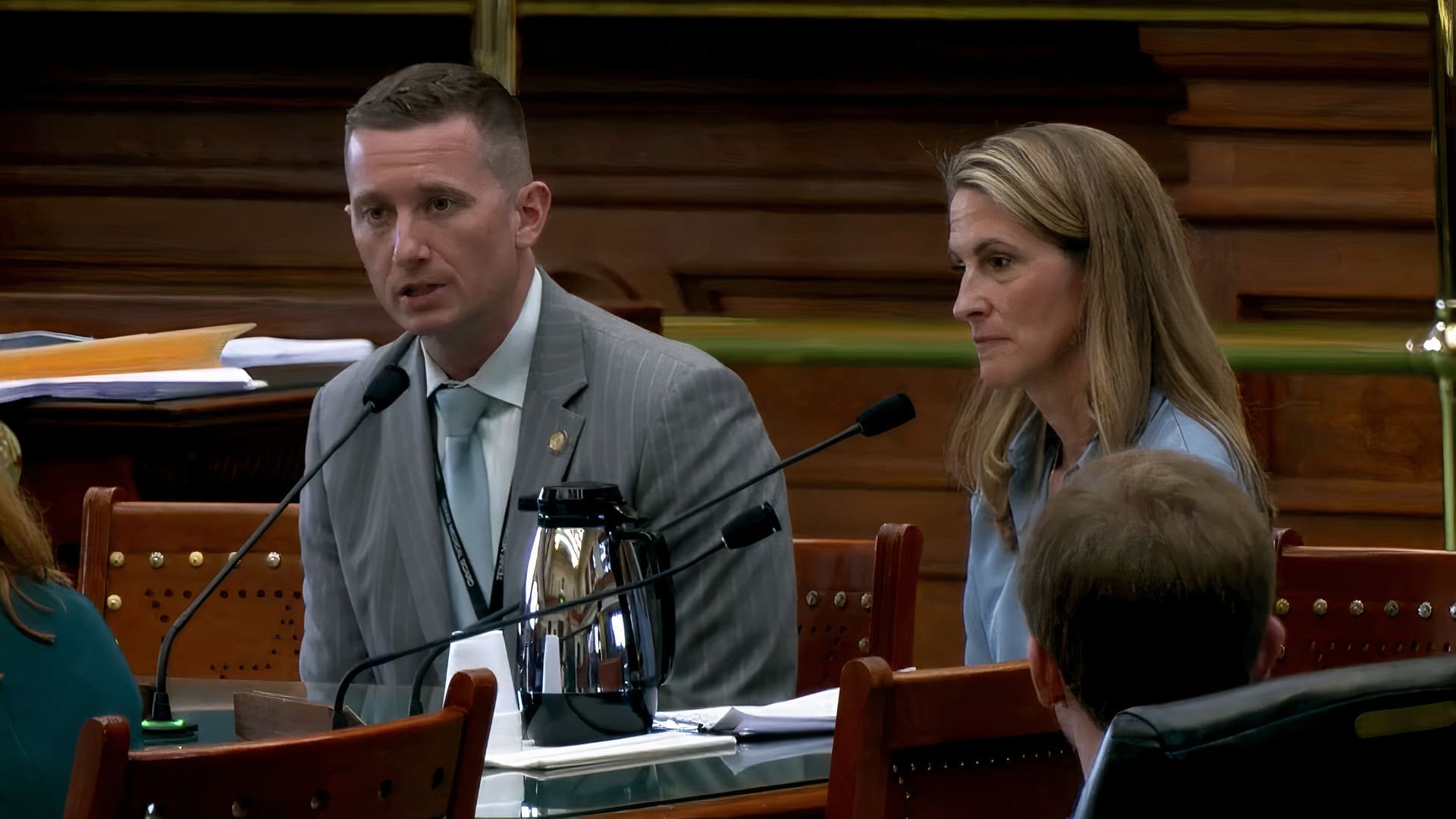In a packed room at the Texas Capitol on Friday afternoon, Gov. Greg Abbott announced that he would issue an emergency declaration for all of the state’s 254 counties over the outbreak of COVID-19, also known as the Wuhan coronavirus.
According to Abbott, 39 cases of the virus have been positively identified in Texas as of now, not including those quarantined at the Lackland Air Force Base in San Antonio, with more cases being identified as testing becomes available.
Health insurance companies in Texas, Abbott noted, have been encouraged to waive copays for coronavirus testing, and those who are uninsured will have the option to receive tests free of charge at public health clinics or private testing facilities. He also announced the creation of new drive-thru testing facilities, with the first one to open in San Antonio on Friday.
“The State of Texas is prepared, and we continue to take proactive measures along with the support of our federal and local partners to contain this virus and keep Texans safe,” said Abbott. “Declaring a state of disaster is a key component of these efforts because it allows the state to effectively serve the people of Texas without hindrance or delay.”
By declaring the outbreak a state of disaster, Abbott is able to waive certain rules and regulations in order for state agencies—such as the Texas Division of Emergency Management and Texas Department of State Health—to be able to respond more quickly to the threat.
“Pursuant to Section 418.0 16 of the code,” Abbott states in the order, “any regulatory statute prescribing the procedures for conduct of state business or any order or rule of a state agency that would in any way prevent, hinder, or delay necessary action in coping with this disaster shall be suspended upon written approval of the Office of the Governor.”
Beyond immediate concerns such as making more testing available and limiting visitation to state senior facilities and prisons, the declaration has raised other questions.
When Texas Scorecard asked Abbott if the emergency declaration could allow local governments to exceed the 3.5 percent voter approval rate on property tax growth required by Senate Bill 2, the property tax reform bill passed by the legislature last year, he said he would “have to take a look at it.”
The bill, as signed by the governor, allows for an exemption to the 3.5 percent rate in disaster scenarios. Though the examples listed in the bills include natural disasters such as tornadoes or hurricanes, it also allows for an exemption for “other calamities,” which is rather broad language.
“Locally, pretty much the only type of governmental entity that would be affected would be a hospital district, and they weren’t subject to having their rollback rate changed,” Abbott said. “And so, for the other jurisdictions, their resources are not foreseeably going to be taxed right now.”
When asked if the declaration would allow the May runoff elections to be delayed or otherwise changed, Abbott said, “Not specifically.”
“It gives us flexibility to address any issue that may come up.”
Abbott’s office said the declaration would also empower the Office of the Texas Attorney General (OAG) to pursue cases of price-gouging and “ensure that offenders are prosecuted to the fullest extent of the law.”





